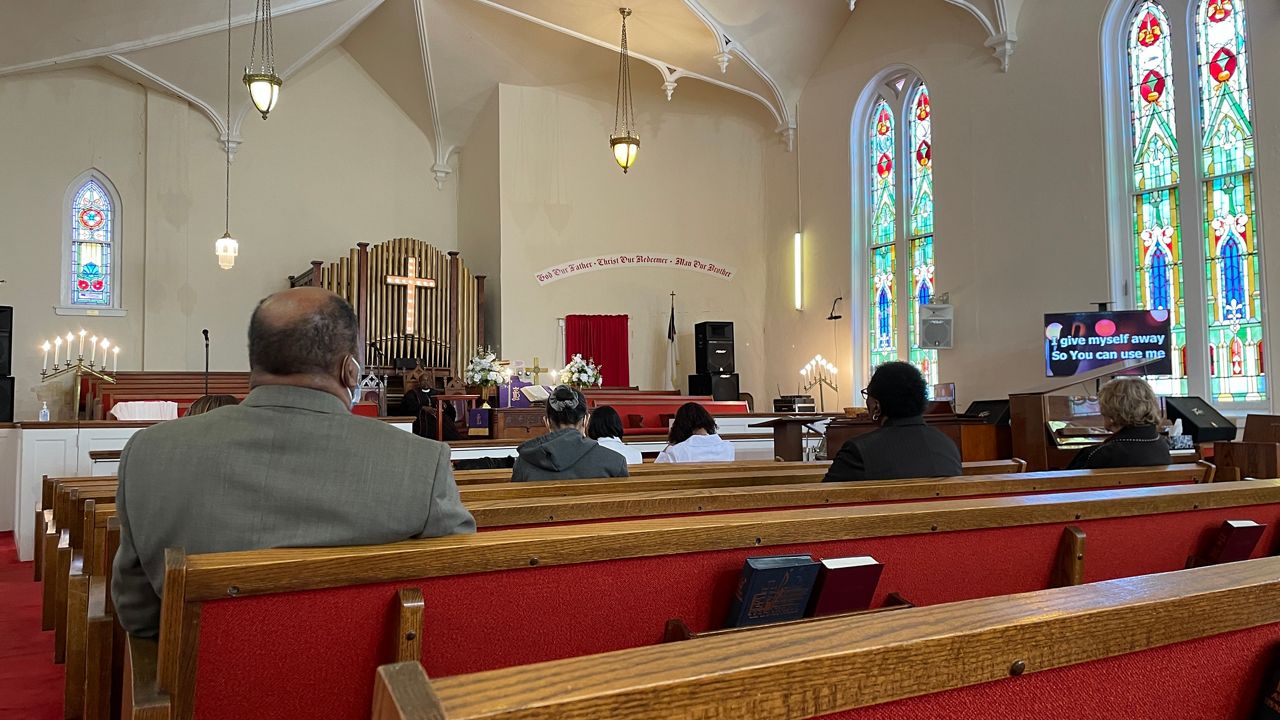LEXINGTON, Ky. — It’s a hidden part of history: one of Kentucky’s underground railroad sites is needing a million dollar shape up to stay open.
For over 150 years, the Historic St. Paul’s African Methodist Episcopal Church has been a place for fellowship, faith and those fighting for freedom.
Behind its walls is the site of Lexington’s last remaining underground railroad site—a location that was keeping those seeking freedom at the time safe.
They say indifferent from many stories told, their church could help slaves in the area through a system of free trustees from within their church.
Director of stewardship and finance and one of the church’s historians, Priscilla Sullivan, found that free people of color and abolitionists around the city created the haven in 1850.
“[The church] operated as a station on the underground railroad, with our members being the conductors,” Sullivan said.

Sullivan has dedicated five years to mapping out the church’s timeline and says she remembers playing in the space as a kid like many other members.
“Of course, I didn’t know what it was,” Sullivan said on how the site has always been something they interacted with. “We just thought it was a place to hide.”
Other members say that it was a well-kept secret through the years. They believe it’s why sites like theirs can often go unnoticed for years.
Now a small room with an original windowsill, and weathering and aging from over the years, it needs major funding and resources to not only change the runaway slave passage but to expand the site to become a national historical marker and full site for public viewing.
They hope to make the space a functional site to learn about its history.
“Around it where the stone is, and it caused the building to shift. So basically that’s what we are trying to [do], stabilize the structure,” Sullivan says.
The site needs nearly $1 million to make it happen.
“Wanting to educate the community on what they have in St. Paul Church and in doing so, we have a tremendous history we want to share with the community,” Reverend Dr. Robert E. Strode explained.
It’s why Sullivan says they want to highlight the hidden history of their church.
“We feel like our story has never been told and everyone else’s told that story, but not us,” Sullivan said.
While the project is in the works, they hope to soon open the doors back up to the public for the underground railroad site.



